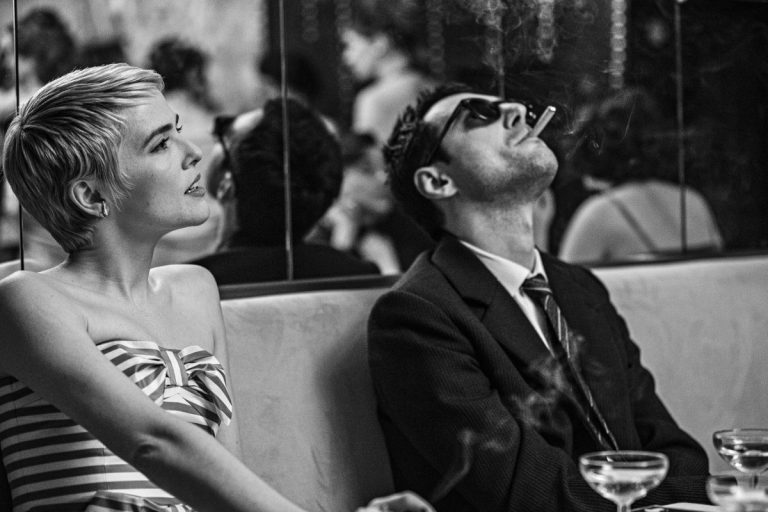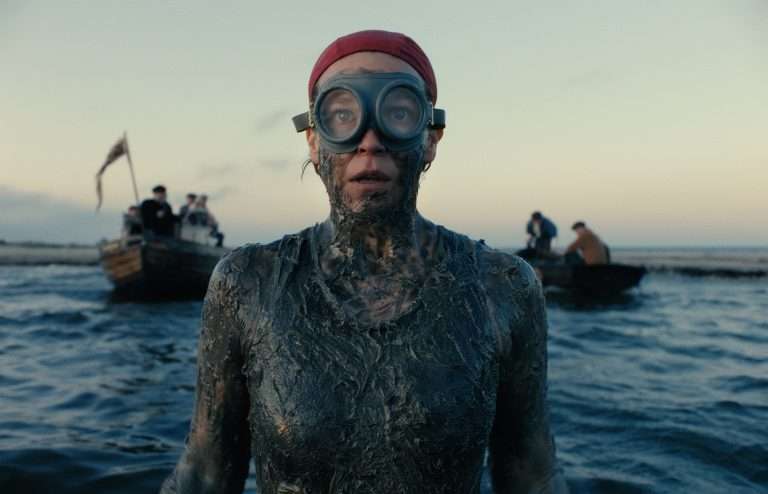Norika Sefa’s “Like A Sick Yellow” is a disquieting excavation of memory. The usual bent of digging into a slew of home videos finds a place here as it does in memory pieces. However, the familiarity is off-set by certain distinctive choices Sefa makes, which furnish the sheer originality, innovation and interrogation in the spirit of the film. The manner in which we believe the film will progress is startlingly disrupted.
There are no attempts Sefa makes to clearly situate affective links or points of personal connection. Through grainy footage, we are dropped in the middle of a family, the affairs of a particular house with the titular ‘sick yellow’ color. The story of a woman who was happy when she was married into the house, as the film underlines repeatedly, is given center stage. We don’t get to know her in detail except for a few specifics reiterated, such as the film’s style—her red dress, which has the color of fire, and her fear of bad luck.
We witness lively gatherings. But a lingering edge of unease is unmistakable—a strong sense of foreboding laces the air, which receives full articulation in the closing text. There’s a lot of abstraction and mystery folded into this film, which doesn’t alienate at any point but instead entices the viewer to enter a richly interpretive space. The feat of this film is that you may not know what exactly it is you are meant to be following, but the intrigue never flags.
Daphné Hérétakis’s “What We Ask of a Statue is That It Doesn’t Move” also ventures into the past, though its scale is epic. The vastness of a public past, the history of Greece itself comes into deep, troubled contention. There’s the exploration and a wistful awareness of the very weight of history bearing down heavily on people. Moving from a wish to inhabit the statues to ideating the systemic takedown of ancient monuments, the short film packs in a jolt of a challenge.
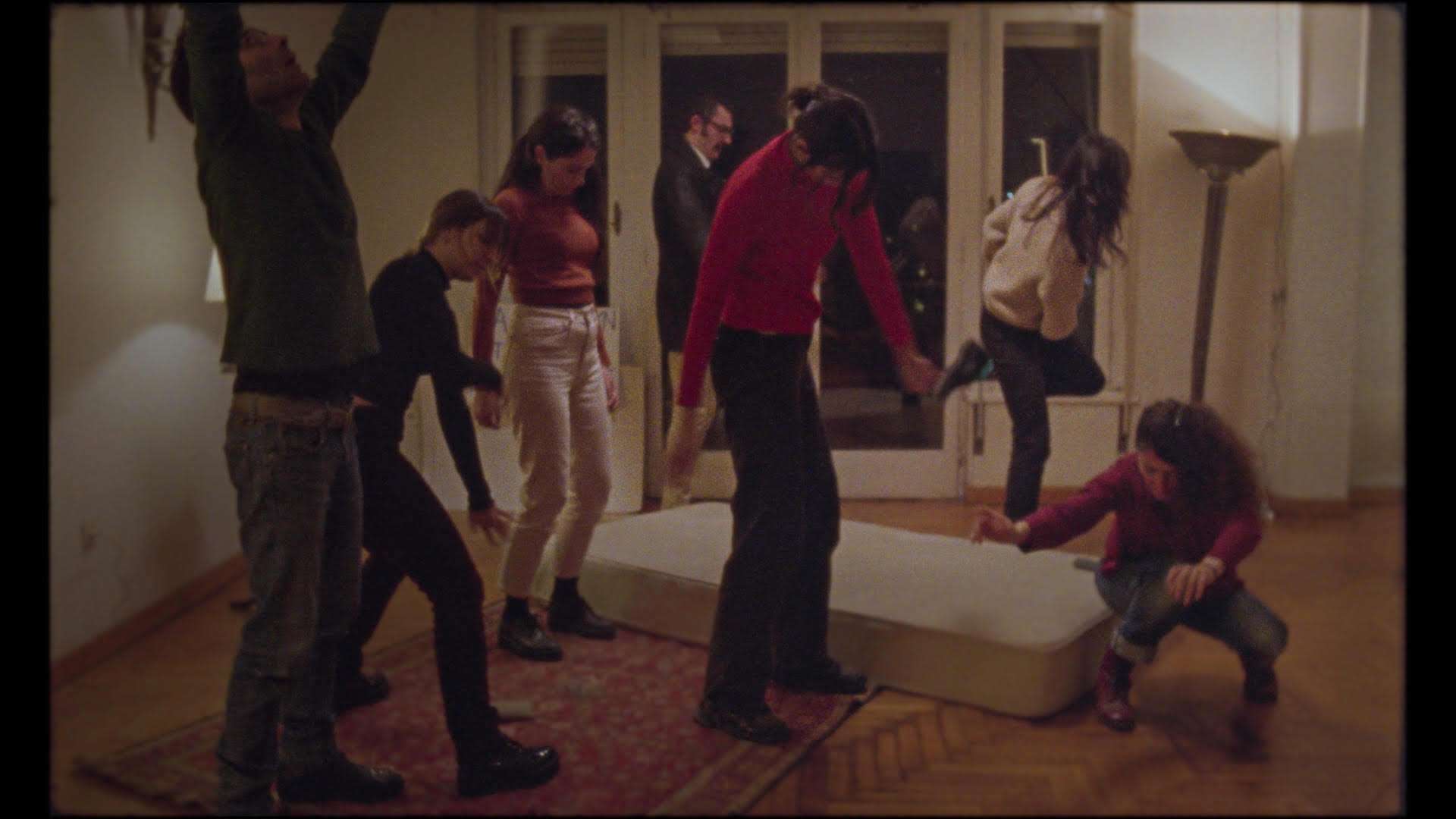
Hérétakis is a slyly cheeky storyteller. There’s wit and inventiveness aplenty in the way she traces the contours of her subject. The thrust of her interests and expression here is complex and layered, inviting myriad considerations. But she never lets it become routine or dull; instead, she pulls out a bunch of magic tricks, like when she induces the caryatid to flee the constrictions of the museum and try out what regular humans do. It is impossible to suppress a chuckle when the caryatid vents her desire to experience the itch of boredom humans have.
It is a clever inversion of the figure whose sedentary nature may be perceived as courting boredom in its own form. Quickly, the film pivots its attention entirely to the vision and dealings of a particular group, the UASA ( Union of Aesthetic Saboteurs of Antiquities). Their leader and guide is Yorgis Makris, who is no longer around but whose words fuel their incendiary, confrontational agenda. Key precepts of their manifesto are highlighted frequently- “let’s not turn into stones”, “form cannot tame us”.
Through this group, Hérétakis gives loud, fearless utterance to a host of Athenian sentiments that would otherwise go buried. She invites varied opinions into the mix. The youths may be at the forefront of the full flush of idealism, but the film also swivels to acknowledge the older generation. A middle-aged woman admits she does feel anger towards the stagnation of society but not the explosive, all-decimating rage of the youths. By the film’s end, the agenda may not have achieved its grand, unseemly ambition, but a much broader reckoning of disaffection with contemporary society is trenchantly affected.



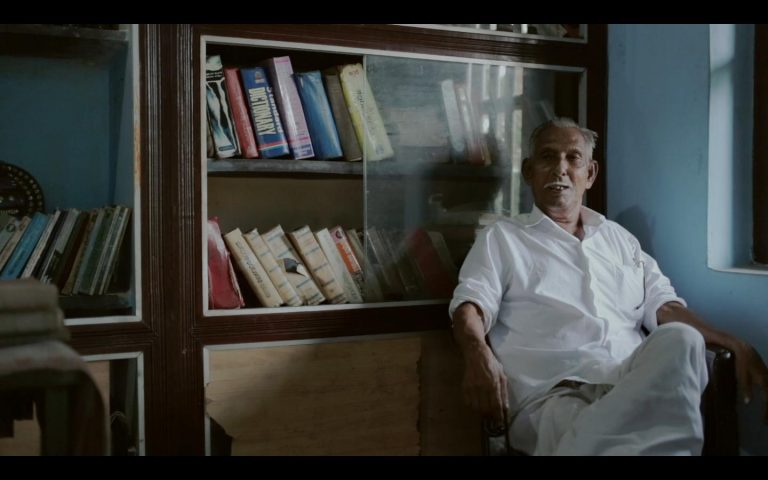
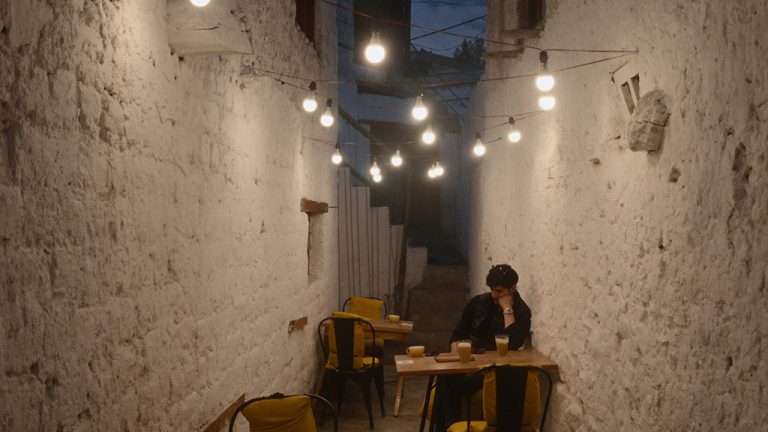
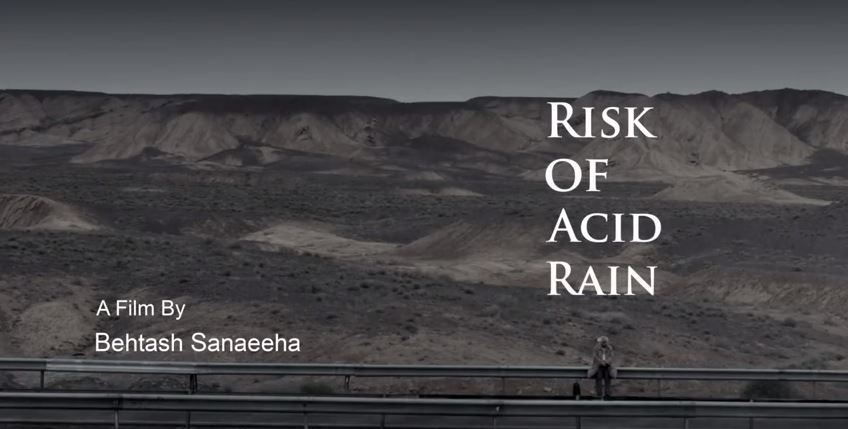
![Nancy [2018]: ‘MAMI’ Review – A troubled Girl finding herself](https://79468c92.delivery.rocketcdn.me/wp-content/uploads/2018/10/Nancy_film_2018_MAMI_review_2.jpg)
